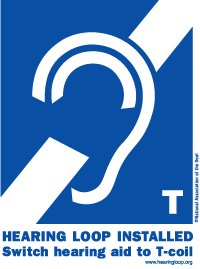This Mask Supports Effective Communication
Which Mask Can Help You Be Heard?
You probably chose your go-to masks based on safety and comfort. However, communicating while wearing a mask can be tricky — so how do you know which type of mask is best for helping others understand you?
A team at Washington University conducted a study to answer just that question. But before we look at the study, let’s try to understand why your choice of mask would even matter.
How Masks Affect Communication
Muffling your voice
Singing in the shower sounds different than singing in the living room. Your voice bounces off mirrors, porcelain, tile, and glass differently than it does off carpet, upholstery, electronics, and your pets’ fur.
Speaking into a mask is no different. Woven cloth interacts with the sound of your voice one way, and the material in surgical masks affects your voice in a different way.
They all, however, muffle sounds at high frequencies. You can start mistaking one word for another; “cat” sounds like “hat,” and “top” sounds like “pop.” What sets one type of mask apart from another is how often this happens.
Covering up nonverbal cues
Your face gives many nonverbal cues as you talk or react to what others say. But when you wear a mask, your eyes and eyebrows are the only source for these cues. One type of mask tries to solve that problem by using a large transparent panel so that others can see your mouth as you speak.
The Findings of the Mask Study
The study setup
The team at Washington University studied speech understanding using four kinds of masks: surgical, cloth with an inserted filter, cloth without an inserted filter, and transparent.
A researcher read sentences unmasked and then while wearing each of the four mask types. The participants, none of whom had hearing loss, wrote down what they heard and how hard they had to work to hear it. Then they heard the sentences spoken with three different levels of background noise.
General results
When there was no background noise, participants understood every sentence. It didn’t make a difference if the speaker wore a mask or not.
When background noise entered the picture, however, the differences between the masks were clear. Communication was easiest through a surgical mask. A cloth mask (no filter) was second-best. Tied for last place were the transparent mask and the cloth mask with a filter.
The unexpected result
The big surprise was the transparent mask. When background noise was at its peak, only about 30% of what was said was understood. The plastic panel affected speech more than the other mask materials. But it also obscured nonverbal cues and lip-reading — because fog developed on the panel.
In fact, the researcher who read the sentences aloud had this to say about transparent masks: “They’re super uncomfortable and wet. They’re pretty gross.”
The winner
The surgical mask came out on top. It provided more than 50% accuracy of understanding in loud noise, and it took less effort to achieve that level of understanding.
It should come as no surprise that surgical masks won — they’ve been used for decades in settings requiring a sterile environment and clear communication, such as operating rooms and dentist chairs.
Have you been having more trouble than usual navigating the world of mask wearers? Contact us to schedule a hearing consultation!






